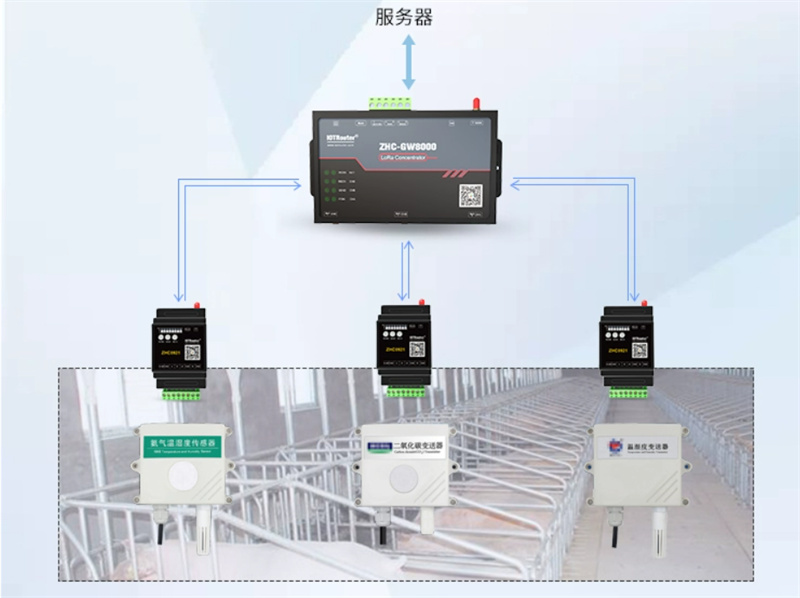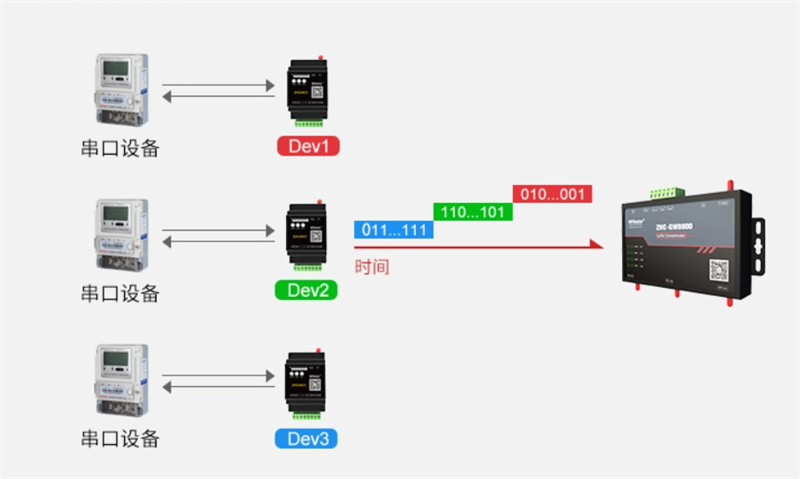As an emerging computing model, edge computing has received widespread attention. It is a way to bring computing, storage and data processing capabilities closer to the source of data, which can effectively reduce delays caused by data transmission and improve system response speed. Edge computing is not only used to solve the problem of centralized processing in data centers in cloud computing, but is also suitable for various Internet of Things application scenarios, such as smart vehicles, smart homes, etc. In order to implement edge computing, some key technologies need to be relied on.

First, edge computing relies on powerful network infrastructure. Only a network with high bandwidth and low latency can ensure the efficient operation of edge computing. To this end, more base stations and network access points need to be built to provide the network support required for edge computing. At the same time, network security is also an important consideration. Edge computing involves a large amount of data transmission and processing, and network security is the key to ensuring data security.
Second, edge computing requires efficient data processing capabilities. Edge computing devices often exist near the source of data and need to be able to process and analyze large amounts of data quickly and accurately. Therefore, edge computing needs to adopt some efficient data processing algorithms and technologies, such as streaming processing, distributed computing, etc. Through these technologies, real-time data processing can be achieved on edge devices to provide support for subsequent decision-making.
Third, edge computing also needs to be combined with cloud computing. Although edge computing can transfer some computing and data processing tasks from the cloud to edge devices, it does not mean that it completely replaces cloud computing. The combination of edge computing and cloud computing can greatly improve the efficiency and flexibility of the system. For example, in the Internet of Things, edge devices can perform preliminary processing on real-time data and then upload part of the results to the cloud to complete more complex computing tasks. The cooperation of edge computing and cloud computing provides the entire system with more comprehensive and complete computing capabilities.

Fourth, security is also an important issue that needs to be solved in edge computing. Because edge computing devices are often distributed across a variety of physical environments, their security is often more vulnerable than traditional computing devices. Therefore, edge computing needs to adopt some security technologies to protect the security of devices and data. For example, data encryption, identity authentication and other technologies can be used to prevent data leakage and illegal access. In addition, the management and maintenance of edge devices also require relevant security mechanisms to ensure the normal operation of the devices.
To sum up, the key technologies of edge computing include powerful network infrastructure, efficient data processing capabilities, integration with cloud computing, and security protection. The application of these technologies will enable edge computing to play an important role in areas such as cloud computing, the Internet of Things, data processing and security. As edge computing technology continues to develop and improve, I believe it will bring more innovation and opportunities to all walks of life.